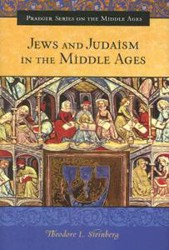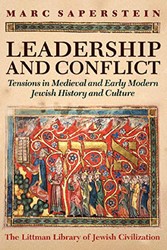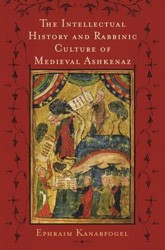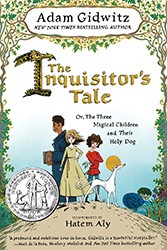Illuminated Hebrew manuscripts from the Middle Ages provide material for innumerable Jewish calendars, postcards, and book covers. The memorable images have become iconic symbols of medieval Jewish life, but often they do so in pristine loneliness, shorn of their bibliographic context. A Mahzor from Worms considers a single manuscript, kept today in Leipzig, in the full complexity of its setting. Kogman-Appel painstakingly reconstructs the original structure of the manuscript and gives ample attention to its liturgical program before focusing on the rich illustrations that appear within it.
The bulk of the book is devoted to thick descriptions of some of the individual panels through investigation of the rituals, laws, and beliefs which may conceivably have inspired the artist who created them. Prominent attention is given to sources that originated in Worms, the same community where the Mahzor was produced. This local focus alleviates a major methodological pitfall of determining which literary sources can be assumed to have been known to a given medieval illuminator — even if he never read any of Rabbi Eleazar Rokeah’s literary works, to take a major example, it seems reasonable to suggest that he would have been aware of some of the major themes in the writings of Rokeah, who lived in Worms in the early thirteenth century. Kogman-Appel’s study is informed by the latest scholarship in a variety of fields, allowing her to embed the Mahzor in a rich intellectual portrait of the community that produced it and in which it was used.





